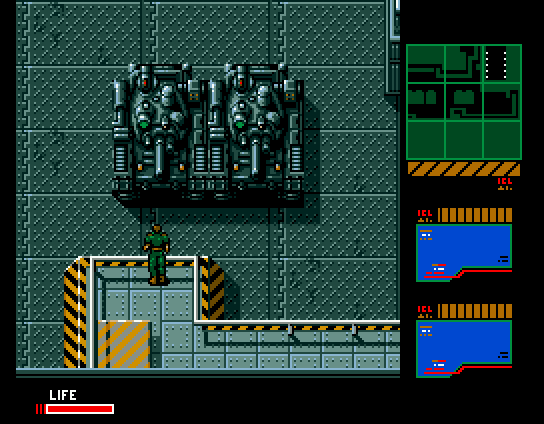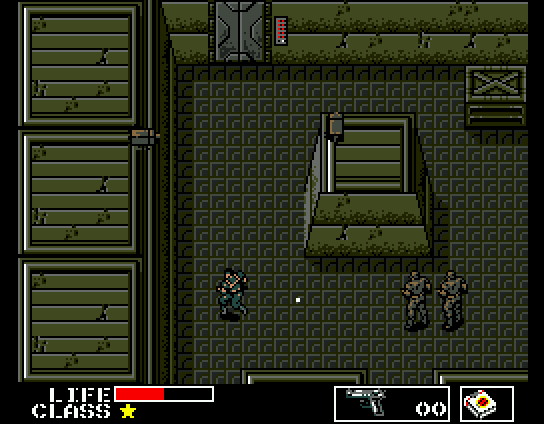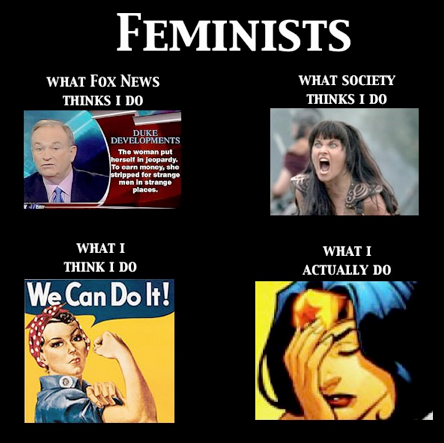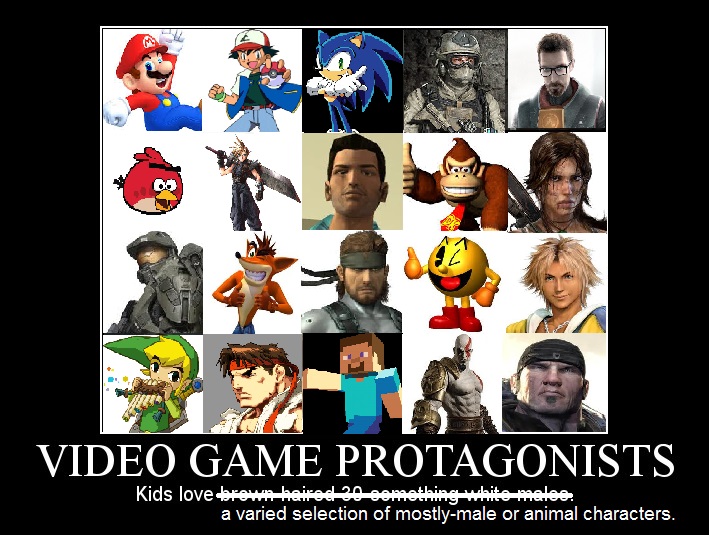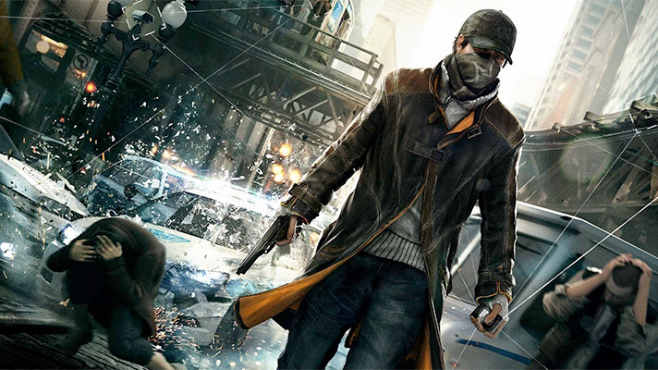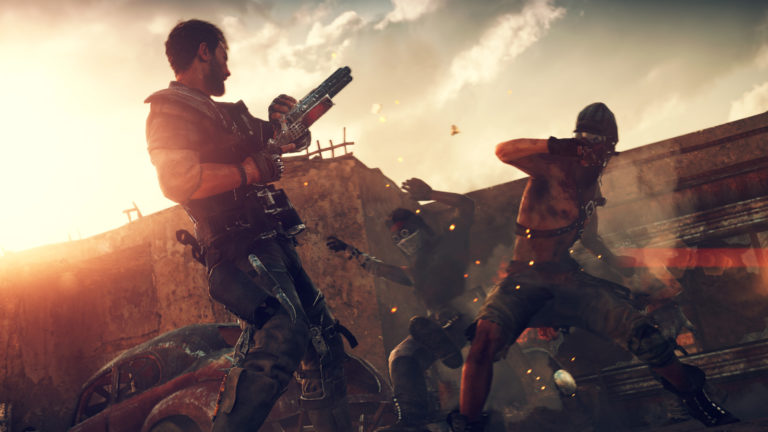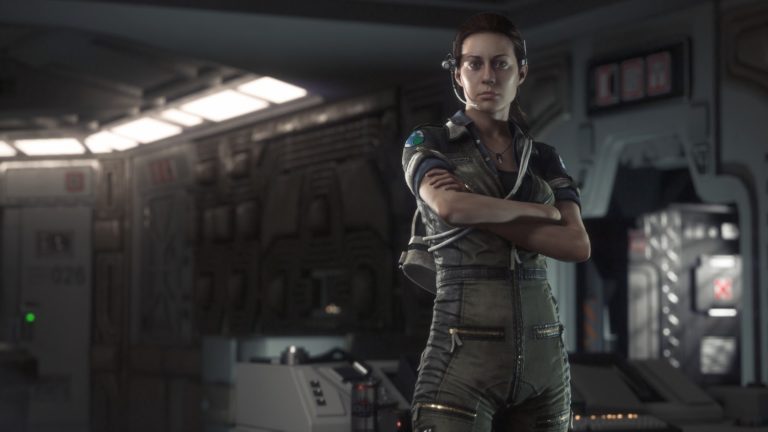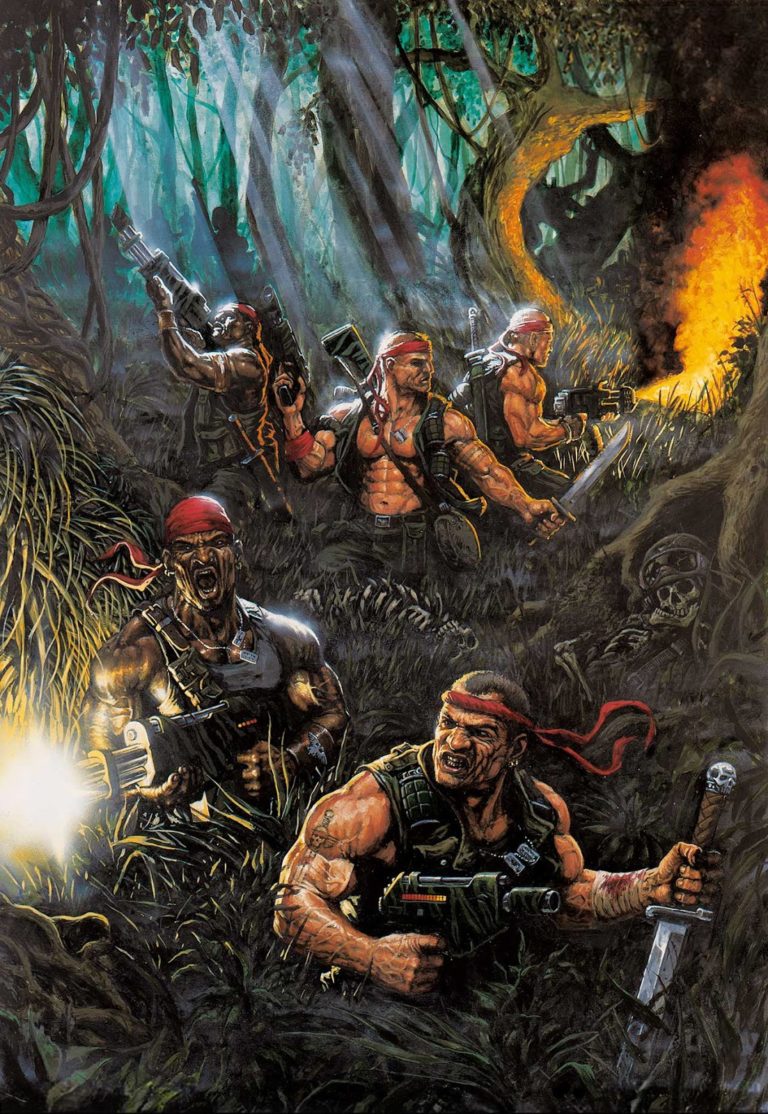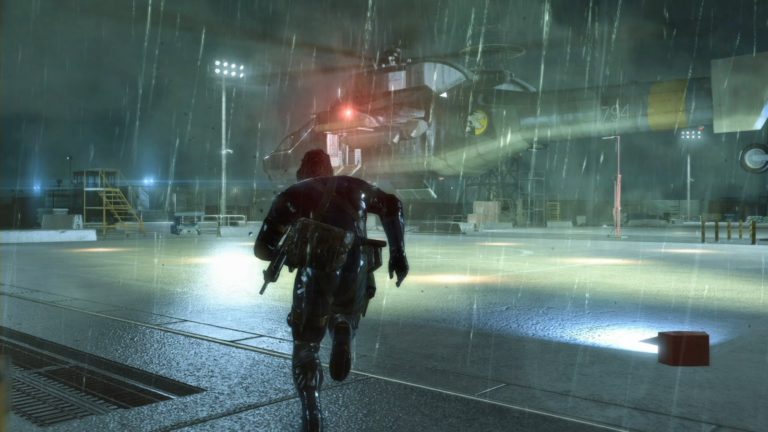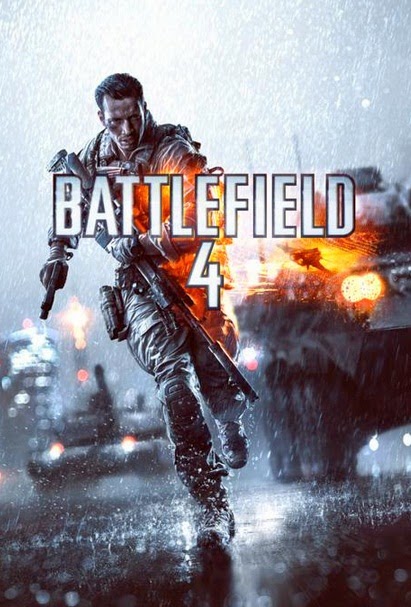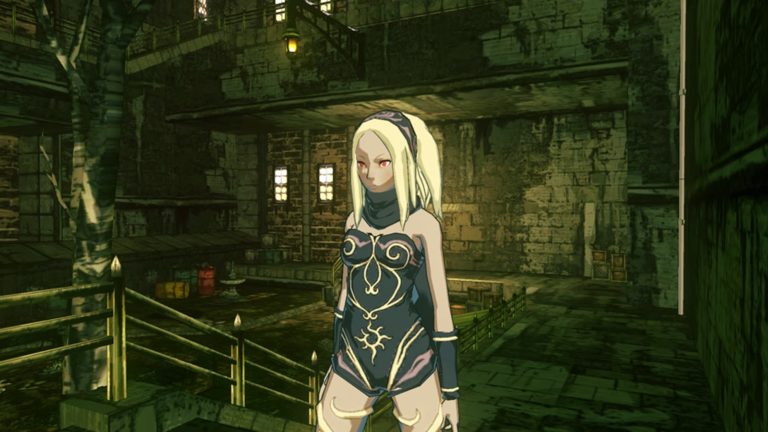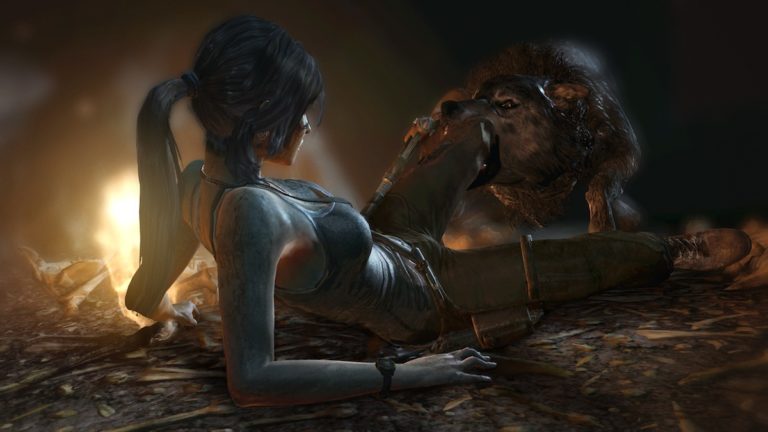Welcome back to the Metal Gear retrospective! In this entry we’re going to cover the second canonical game...
video games
Kept you waiting, huh? It’s finally time for the Metal Gear retrospective! I’ve spent way too much time...
Depending on how much attention you pay to gaming news, you might have heard about the latest...
The amount of hate out there for SJWs at the moment is insane. I haven’t seen this...
So recently my morning started off in fantastic fashion as one of my friends on Facebook shared...
Critical reviews are an endless source of discussion in popular culture. On the one hand, they offer...
(NOTE: I’m going to be super busy this week so I’m going to hold off from updating...
So I was recently reading this article on Polygon about unequal racial representations in gaming, and it...
Gender relations return, with a vengeance! The core basis of this post has literally been sitting in...
As you probably know if you read the blog, I’m a big Metal Gear Solid fan. Snake...
If you follow video game news, you might have heard that Battlefield 4 is a broken piece of shit which...
It’s no secret that I’m a big PlayStation fanboy – I’ve owned every PS console and handheld...
I’m back! For those who didn’t know, I spent the last week on vacation in Cincinnati and...
I’ve never really had much interest in the Tomb Raider franchise. There was always a stigma of sexism...
